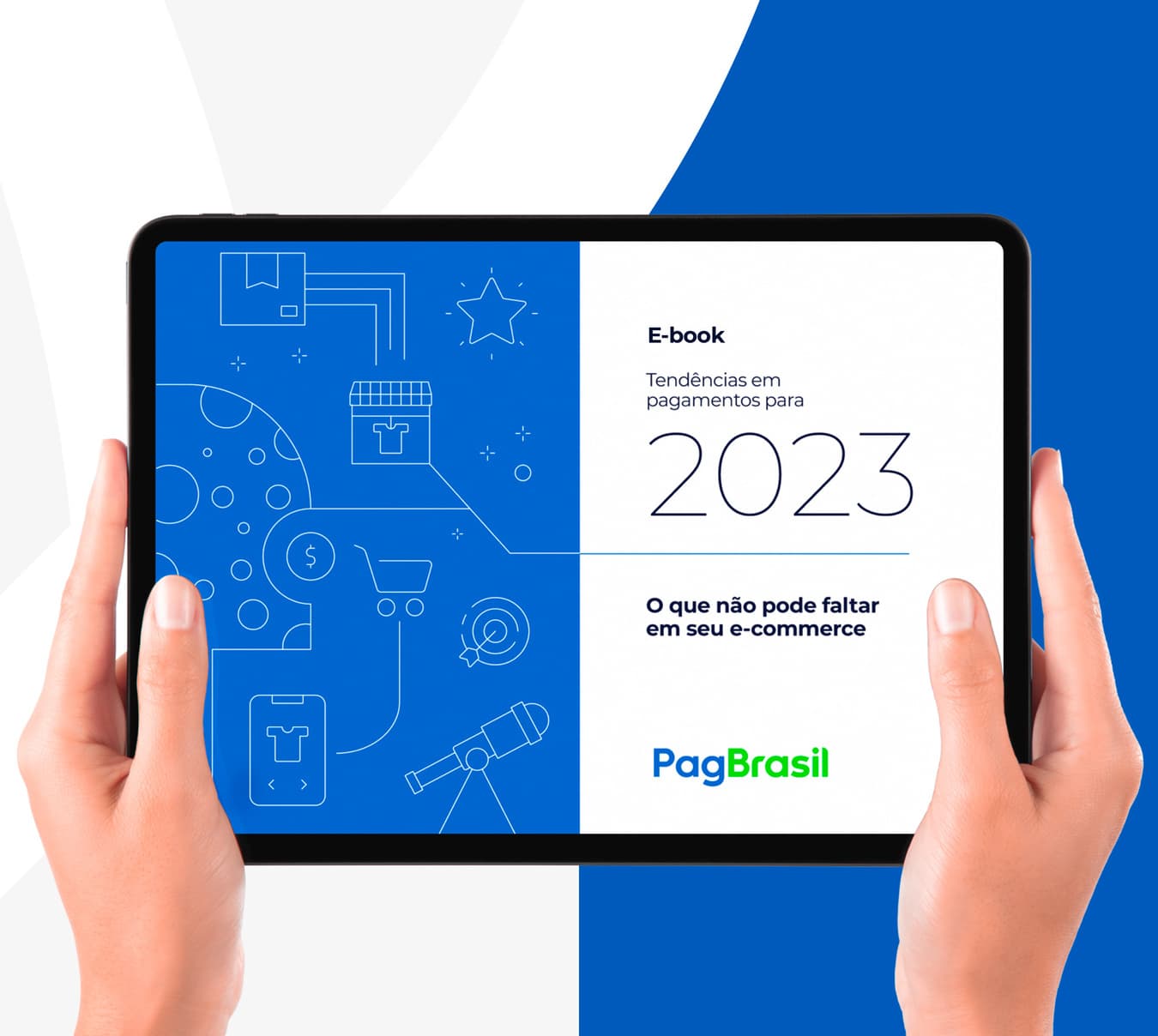Budding payment trends from 2023 are picking up pace to create a more connected, efficient, and inclusive world. See what to watch out for.
The most part of 2023 kept markets worldwide on their toes. Against the odds, however – which included flared-up geopolitics, peaking interest rates, and high inflation – things seemed to fare well in December, coloring future forecasts with a silver lining.
In Brazil, the third Lula administration wrapped its first year with a positive outlook on the economy as well. The rise of employment and consumer confidence showed, for example, in the 7% growth in e-commerce sales from 2022, totaling 395 million orders. Online sales also saw a 9.5% increase in revenue (186 billion BRL, about 38 billion USD) and a 2% increase in average spending (470 BRL, or 95.5 USD), according to Abcomm.
With Pix repeatedly breaking its own records, amounting to 42 billion transactions in 2023, local payment methods demand a place within cross-border strategies more than ever. This is a rule-of-thumb for tracing expansion and global growth plans in 2024, since fintech innovations are displacing cash and credit cards in several regions.
From generative AI to digital currencies and embedded finance, many payment trends that bud in last year are picking up pace in 2024 to create a more connected, efficient, and inclusive landscape. See what to expect, and the top five trends we will be watching out for.
2024 Payment Trends: Expect…
1. Digital, Real-Time Payments Rising Steeply
Almost four years after the COVID-19 pandemic, payments with Near Field Communication (NFC), QR codes, and digital wallets keep pushing important shifts in commerce dynamics. Brazil spearheads this trend with Pix, the country’s wildly successful instant payment method.
The 2023 numbers released by the Central Bank of Brazil (Bacen) show that Pix accounted for 42 billion transactions and 17 trillion BRL (3.4 trillion USD) in payments, a 57% increase from 2022. This year, the relentless rise of this innovation will be taken to new heights with the launch of Pix garantido (Pix credit, for real-time payments in installments) and Pix automático (Pix debit, which is set to uplevel subscription businesses in the country).
With the US and Europe catching up on digital wallets and struggling to advance real-time payments, emerging countries are indeed trailblazing the digital payments era. Along with Brazil, Nigeria, India, and Indonesia have been gradually fulfilling a McKinsey prediction that, by 2027, real-time payments should cover half of the overall transactions in developing, cash-heavy markets, leading the way towards a “cashless economy”.
2. Embedded Finance Unfolding in Exciting Ways
Lasting changes in consumer behavior have also fueled the post-pandemic development of embedded finance. If the goal in 2020 was simply to enable “phygital” purchases, removing friction has gone largely beyond the checkout experience now, being a guideline for the very customer journey design.
As a concept, embedded finance strives to meet customers where they are – whether it’s brick-and-mortar, online stores, social media channels, or mobile apps. PagBrasil’s international Pix, our latest innovation in this sense, enables Pix payments abroad as an application for mobile POS devices, embedding technology for real-time currency exchange.
In and out of the fintech sector, companies of all sizes are partnering with payment processors to embed financial services into their businesses. Besides fostering collaboration, embedded payments drive more revenue and boost customer loyalty providing a smarter payment flow and enhanced brand experience. The complex network of systems they weave feeds merchants a mighty amount of data, too – which helps backing business development strategies and improving overall sales management.
3. AI Solutions Finally Unraveling
You guessed it: ChatGPT and other generative AI features are not exiting stage anytime soon.
Despite large language models (LLMs) being around since 2017, the possibilities unlocked by generative AI went mainstream only in 2023. After users and corporations flocked to explore every new tool released, the challenge is now to understand how these innovations actually make for smarter routines.
Regarding payments, GenAI is in high demand for enhancing security and personalization throughout the customer’s journey. The advanced algorithms powering LLMs help tailor interfaces and offers based on consumer’s behaviors and preferences, bringing more assertiveness to product, marketing, and service strategies.
Also, GenAI delivers ready-for-use intelligence from rapidly growing databases, now fed with fingerprints, facial scans, and many other biometric data. This way, beyond fueling user engagement and satisfaction, GenAI solutions are sure to advance analytics and authentication processes for fraud prevention.
4. Central Bank Digital Currencies (CBDCs) Taking Off
It is high tide for governments to ride the cryptocurrency wave. According to the Atlantic Council’s CBDC Tracker, countries entertaining Central Bank Digital Currency (CBDC) projects went from 35 in May 2020 to 131 in January 2024, with 65 in advanced phases of exploration.
In 2022, Bacen presented the mockup version of an app that would integrate the digital real brasileiro (BRL), private cryptocurrencies, and traditional financial services. The development of Drex, Brazil’s CBDC, finally kicked off in 2023 – and the launch is scheduled for later this year, as with India’s e-Rupee.
Drex aims to speed the modernization of Brazilian economy by creating a safe environment for innovation and financial inclusion. If all goes well, Brazil is soon joining the 32 countries piloting an official digital currency – a group that represents 98% of the global GDP.
5. Subscriptions Everywhere
A while ago, “subscriptions” basically stood for “streaming services”. However, with SaaS thrown into the mix and digital transformation gone paramount, subscription-based models have gained traction across several industries, generating solutions as disruptive as Netflix, Salesforce, and the like.
Recurring payments currently appeal to customers’ growing preference for convenient, personalized services with exclusive offers. At the same time, they benefit merchants with predictable revenue and increased lifetime value. PagStream®, our subscription management solution, helps both parties with dedicated self-service features – the Subscriber Portal and the Promotion Engine.
Past the “streaming fatigue” that came off the pandemic, subscription businesses tend to multiply and serve as key platforms for building customer loyalty. In Brazil, enabling recurring payments with alternative payment methods (APMs) is essential to attract and retain consumers, especially with Pix debit on the way.
Keep reading to catch 2024 payment trends in detail!
January is coming to a close, but – as we say in Brazil – the year only really starts after the Carnival.
From here on, keep up to date with our content to see how each of the trends above develops over 2024. And if your cross-border business strategy for Brazil needs a local payments specialist, get in touch with our team to explore how we can help you. Best in business, and Happy New Year!



